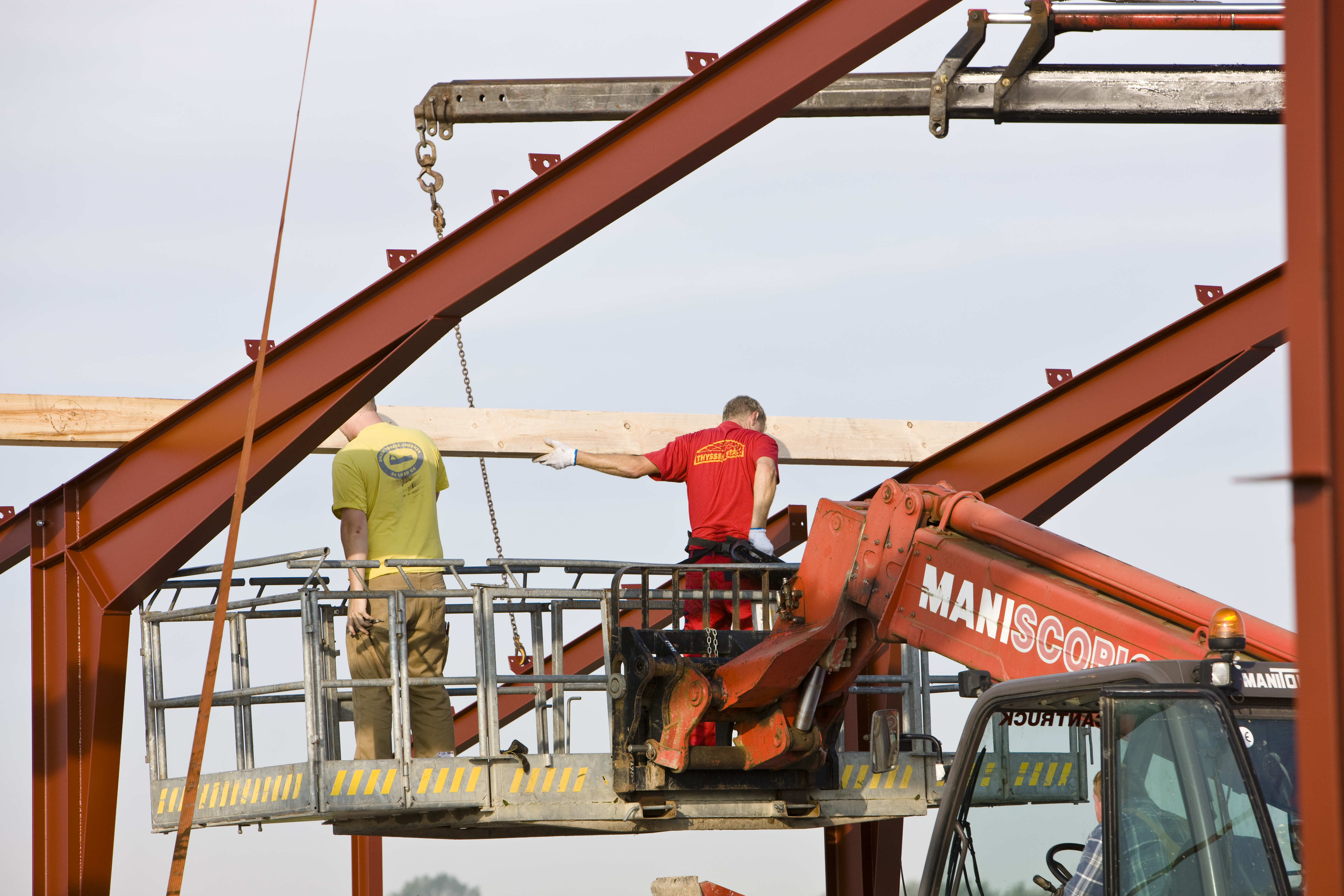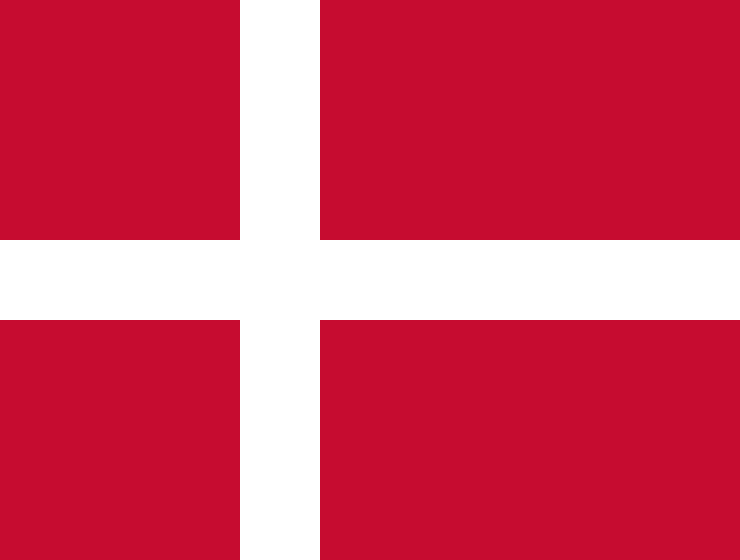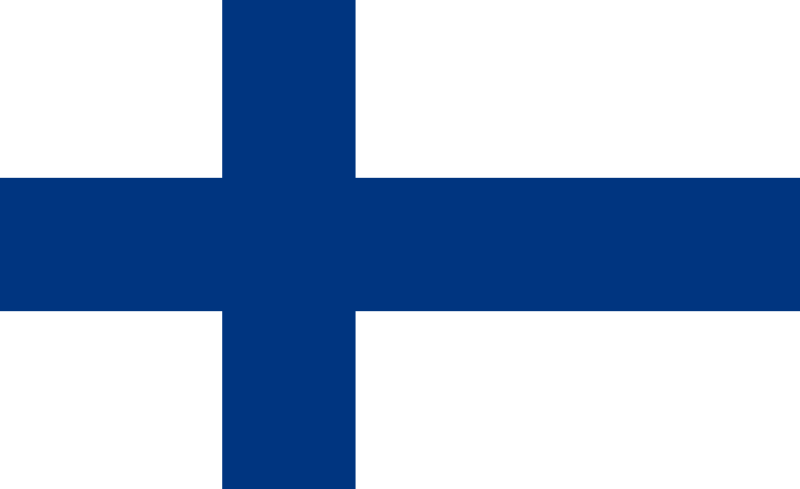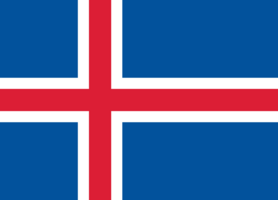Employer federations in the Nordics
Along with their trade union counterparts, employer federations have been key players in the negotiation of nationwide agreements on wages and working conditions, as well as contributors to governmental policy formulation. In addition, this collaboration has served at times to obscure the focus of employers’ federations on economic growth and entrepreneurial development through a less restricted capitalism. Nevertheless, fundamental habits of consultation and consensus building were established following the early collective agreements in the first part of 20th century.

In each of the Nordic countries, organisations representing the interests of employers have played important roles in the labour market, economic development, government policy formulation, and legislative planning. Historically, these organisations were central actors in the highly charged context of industrialisation. Rooted in the ideals of free market capitalism, they were essentially the opposites of the industry-based trade unions and the national union confederations.
Early collective agreements, 1900-1940
For much of the late-nineteenth century industrial employers resisted recognising the legitimacy of the labour movement, union development, and the rights of unions to strike. Around 1900, employers across the Nordic region came together to form employer federations such as Sweden's (Arbetsgivaresföreningen from 1902 and Svenskt Näringsliv since 2002) or Denmark´s Dansks Arbejdsgiverforening from 1896, and typical reactions to union strikes were lockouts, the hiring of non-union (scab) labourers, and government intervention. One of the worst examples of this occurred in Ådalen in Sweden in May 1931, when five people were killed by government troops. Events like this helped to spur these organisations to establish a kind of truce with their union counterparts in the early decades of the 20th century. This happened through agreements like Denmark’s “September Compromise” (1899), Sweden’s Saltsjöbaden Agreement (1938), and Finland’s “January Betrothal” (1940). As a result, a relatively lasting peace was established in the Nordic labour markets, as each party accepted the other’s legitimacy, and mechanisms were established to settle disputes. An important consequence of this development was that union and employer federations became the key players in the negotiation of nationwide wage and working conditions agreements, so called “collective agreements”. These agreements put an end to the threat of government interference in the labour market, which neither side favoured. Concurrently, the organisations involved were recognised as central contributors to governmental policy formulation, and a political practice focused on consultation and consensus building was established. Overall, the collective agreements provided a foundational element for the enormously successful systems that have been variably labelled “the Scandinavian model”, the “Danish model”, the “Swedish model”, and the “Finnish model”.
Nordic employer federations in 21st century
In recent years, these models of labour management conflict resolution have broken down to some degree. The labour market has undergone fundamental changes, in part because of the emergence of the European Union and the processes of globalisation, and labour migration. Technology has also had labour market and economic impacts. One consequence of this development is that governments have become more inclined to intervene in disputes. Another is that, in some cases, nationwide agreements have given way to more localised labour market accords. More disturbing for both employers’ and union federations, perhaps, is that governments have become less inclined to consult on far-reaching policies and legislation.
Political focus of employer federations
In addition to the functions outlined above, the employers’ organisations have also long been important advocates of economic growth and entrepreneurial development, essentially outspoken advocates of capitalism. In a region where governments have, at least since the 1930s, played a central role in shaping economic and social development, the employer federations have been successful advocates of private ownership and free markets. As such, these organisations were and remain part of the opposition to the planned-economy ideology that has deemed to be the goal of many Social Democrats.
In recent years, the activities of the employer federations have changed. Although they remain partners in the labour market, they increasingly focus on economic growth, entrepreneurial encouragement, education, competitiveness, tax policies, the European Union, and globalisation. In Finland, Norway, and Sweden new organisations have emerged – albeit based on or merely renamed versions of the original groups – that reflect these changes. The organisations’ new names indicate these shifts (see table below).
Structurally, the employers’ organisations have similar pyramid structures: member firms, regional associations, a general assembly that meets annually, a board of directors, and an executive committee. Day-to-day operations are managed by a secretariat, headed by a general director.
Table showing employer federations in the Nordics over time
| Country | Name of employer organisation | Date founded | No. of member firms (2019) |
 | Denmark’s Employers’ Confederation (Dansk Arbejdsgiverforening) | Since 1896 | 24,200 |
 | Employers’ Federation of Service Industries (Palvelutyönantajat/PT) | Since 1945 | 15,000 |
| (Confederation of Finnish Industries (Elinkeinoelämän keskusliitto) | 1947 | ||
| Finnish Employers Federation) | 1907 | ||
 | Confederation of Icelandic Employers (Samtök Atvinnulífsins) | 1934/1999 | 2,000 |
 | Central Organisation for Business & Industry (Næringslivets Hovedorganisasjon) | Since 1989 | 25,600 |
| (Federation of Norwegian Crafts (Norges Håndverkerforbund) | 1986 | ||
| Federation of the Norwegian Industries (Norges Industriforbund) | 1919 | ||
| Norwegian Employers’ Federation (Norsk Arbeidsgiverforening)) | 1900 | ||
 | Confederation of Swedish Enterprise (Svenskt Näringsliv) | Since 2002 | 60,000 |
| (Federation of Swedish Industries (Svensk industri) | 1910 | ||
| Sweden’s Employers’ Confederation (Svensk Arbetsgivareförening)) | 1902 |
Further reading:
- Bernhard Ebbinghaus and Jelle Visser. Trade Unions in Western Europe since 1945 (Springer, 2000).